Vb Form To WordPress
In today’s digital landscape, having an interactive user interface is crucial for engaging users and driving conversions. Visual Basic (VB) forms provide a powerful way to create interactive elements on your website. If you are using WordPress as your content management system (CMS), integrating VB forms into your WordPress site can be a game-changer.
In this article, we will explore the process of embedding a VB form into a WordPress website, understanding VB form elements and controls, customizing form fields in VB, and styling and designing VB forms in WordPress. Furthermore, we will discuss implementing form validation, sending form data from VB to WordPress, and retrieving and displaying form data in a WordPress environment. Finally, we will explore how VB and WordPress integration can be used to build dynamic features, enhance user experience, and handle errors and notifications effectively.
Creating an Interactive User Interface
Before diving into the specifics of VB form integration with WordPress, let’s highlight the importance of an interactive user interface. A well-designed user interface improves user engagement, increases conversions, and enhances the overall user experience. By incorporating VB forms into your WordPress site, you can provide users with interactive elements and capture valuable data seamlessly.
Embedding a VB Form into WordPress
To embed a VB form into WordPress, you will need to convert your VB form into a web-compatible format. This can be achieved by utilizing tools such as Visual Basic .NET (VB.NET) or VBScript. Once the VB form is converted, the code can be copied and pasted into the desired location on your WordPress website.
Understanding VB Form Elements and Controls
VB forms consist of various elements and controls that allow users to interact with the form. These include text boxes, checkboxes, radio buttons, drop-down menus, buttons, and more. Each element or control plays a unique role in collecting data and enabling user actions. Familiarizing yourself with these elements and controls will help you create effective and intuitive forms.
Adding and Customizing Form Fields in VB
Form fields in VB allow users to input data and interact with various elements. In VB, you can add form fields programmatically or by utilizing the form designer. The form designer allows you to drag and drop elements onto the form, making it easier to customize the layout and appearance of the form fields.
Styling and Designing VB Form in WordPress
Once the VB form is embedded in WordPress, you can leverage the flexibility and customization options provided by WordPress themes and plugins to style and design the form according to your brand identity. WordPress provides a wide range of themes and plugins that enable you to modify the appearance and layout of your VB form effortlessly.
Implementing Form Validation in VB and WordPress
Form validation is crucial to ensure that the data submitted by users is accurate and complete. VB provides built-in validation techniques, such as checking for empty fields or validating specific data formats. Additionally, to implement form validation in WordPress, you can utilize plugins such as Contact Form 7 or WPForms, which offer comprehensive validation options.
Sending Form Data from VB to WordPress
Once users submit data through the VB form, you need a mechanism to send that data to your WordPress site for further processing and storage. This can be achieved using various methods such as HTTP requests, APIs, or utilizing WordPress plugins that provide form submission capabilities.
Retrieving and Displaying Form Data in WordPress
After successfully sending form data from VB to WordPress, you can retrieve and display that data on your WordPress site. This data can be utilized to create dynamic pages or generate reports, depending on your specific requirements. By leveraging plugins and custom coding, you can display the form data in a visually appealing and user-friendly manner.
Building Dynamic Features with VB and WordPress Integration
VB and WordPress integration open up a plethora of opportunities for building dynamic features on your website. With the ability to transfer data seamlessly between VB and WordPress, you can develop interactive forms, calculate complex formulas, create dynamic charts, or even build custom workflows to streamline various business processes.
Enhancing User Experience with Error Handling and Notifications
While processing user data, it is essential to handle errors and provide notifications to users. By implementing robust error handling mechanisms and utilizing notifications, you can ensure that the user experience is seamless and error-free. WordPress plugins such as Forminator or Gravity Forms offer extensive error handling and notification features to streamline the user experience.
Frequently Asked Questions (FAQs)
Q: Are there any WordPress plugins for creating forms?
A: Yes, there are several WordPress plugins available for creating forms. Some of the popular ones include Contact Form 7, WPForms, Gravity Forms, and Forminator.
Q: Are there any free WordPress form plugins?
A: Yes, many form plugins for WordPress offer free versions with limited features. Contact Form 7 and Forminator both offer free options for creating forms on WordPress.
Q: Which is the best form plugin for WordPress?
A: The best form plugin for WordPress depends on your specific requirements and preferences. Some popular options include WPForms, Gravity Forms, and Forminator. Consider factors such as ease of use, features, customization options, and support when choosing the best form plugin for your WordPress site.
Q: Can I integrate VB forms into WordPress using Forminator?
A: Yes, Forminator is a versatile form plugin for WordPress that allows integration with various form elements and controls, including VB forms. You can utilize the features and customization options provided by Forminator to seamlessly embed VB forms into your WordPress site.
In conclusion, integrating VB forms with WordPress provides a powerful solution for creating interactive user interfaces, capturing data, and improving user experience. By following the steps outlined in this article and leveraging the capabilities of WordPress themes and plugins, you can easily integrate VB forms into your WordPress site. With the ability to add dynamic features, handle errors, and enhance user engagement, the VB and WordPress integration is a valuable tool for any website owner.
Embed A Form On Your WordPress Site In 3 Easy Ways!
Keywords searched by users: vb form to wordpress Plugin form WordPress, Form WordPress plugin free, Best form for wordpress, Forminator
Categories: Top 89 Vb Form To WordPress
See more here: nhanvietluanvan.com
Plugin Form WordPress
WordPress is a powerful and widely-used platform for building websites and managing content. One of the key features that make WordPress so flexible and customizable is its plugin system. Plugins are add-ons that extend the core functionality of WordPress, allowing users to add new features, enhance existing ones, or modify the behavior of their website. In this article, we will explore the world of plugins in WordPress, how to install and manage them, and address some frequently asked questions.
What are Plugins?
Plugins are software components that can be added to a WordPress website to add specific features or functionalities. They are designed to seamlessly integrate with the WordPress core and provide additional functionality without the need for coding or modifying the core files. Plugins can perform a wide range of tasks, such as improving performance, adding forms, implementing e-commerce functionalities, enhancing SEO, or integrating with external platforms.
Types of Plugins
There are thousands of plugins available in the WordPress plugin directory, catering to various needs and requirements. These plugins can be broadly categorized into the following types:
1. Functionality-focused Plugins: These plugins enhance or modify specific functionalities of WordPress. Examples include plugins for adding social sharing buttons, creating contact forms, implementing sliders, or integrating with third-party services.
2. Performance Optimization Plugins: These plugins help improve the speed and performance of your website by optimizing assets, caching content, or minifying files. Popular performance optimization plugins include caching plugins like WP Rocket or W3 Total Cache.
3. Security Plugins: Security is a critical aspect of any website, and WordPress offers various plugins to enhance website security by protecting against malware, performing regular scans, or implementing a firewall. Plugins like Wordfence or Sucuri are widely used for strengthening website security.
4. SEO Plugins: Search Engine Optimization (SEO) plugins enable you to optimize your website’s content, meta tags, and structured data to improve search engine rankings. Popular SEO plugins include Yoast SEO and All in One SEO Pack.
Installing and Managing Plugins
WordPress makes it incredibly easy to install and manage plugins. Here’s a step-by-step guide on how to get started:
1. Accessing the Plugins Section: Log in to your WordPress admin dashboard and navigate to the “Plugins” section on the left-hand side menu.
2. Searching for Plugins: In the Plugins section, you can search for plugins directly from the WordPress plugin directory. Enter keywords related to the functionality you are looking for, and WordPress will display relevant plugins.
3. Installing Plugins: Once you’ve found a plugin you want to install, click on the “Install Now” button. WordPress will download and install the plugin on your website.
4. Activating Plugins: After installation, click on the “Activate” button to enable the plugin’s functionality. Some plugins may require additional setup or configuration, so make sure to follow the installation instructions provided by the plugin developer.
5. Managing Plugins: To manage your installed plugins, go to the Plugins section in your dashboard. From here, you can activate, deactivate, update, or delete plugins as needed. It is essential to keep your plugins updated to ensure compatibility and security.
FAQs
1. Q: How many plugins should I install on my WordPress site?
A: While there is no strict limit on the number of plugins you can install, it is advised to keep the number to a minimum. Installing too many plugins can impact website performance and compatibility, so be selective and only install necessary plugins from trusted sources.
2. Q: Are all plugins free to use?
A: No, there are both free and premium (paid) plugins available in the WordPress plugin directory. Premium plugins often offer advanced features or dedicated support, but you can accomplish a lot with free plugins as well.
3. Q: Can I use multiple plugins for the same functionality?
A: It is generally not recommended to use multiple plugins with overlapping functionalities, as they can conflict with each other. Choose one reliable plugin that covers all your requirements to prevent conflicts and improve website performance.
4. Q: How do I know if a plugin is safe to install?
A: Before installing a plugin, check its ratings, reviews, compatibility with your WordPress version, and the last update date. Additionally, always download plugins from reputable sources and ensure they have been vetted by the WordPress developer community.
Conclusion
Plugins are a powerful tool for extending the functionality and customizability of WordPress websites. With thousands of plugins available, users can enhance their websites with ease by adding new features or optimizing existing ones. Properly managing plugins is crucial to maintaining website performance and security. Following best practices, such as only installing necessary plugins from trusted sources and keeping them updated, will help ensure an optimal WordPress experience.
Form WordPress Plugin Free
In the fast-paced digital era, a user-friendly and aesthetically pleasing website is essential for businesses and individuals looking to attract and engage with their target audience. One powerful tool that can significantly enhance your website’s functionality and user experience is the Form WordPress plugin. This article will delve into the features, benefits, and installation process of this popular plugin, as well as provide answers to frequently asked questions.
Form is a free WordPress plugin designed to simplify the process of creating and managing forms on your website. Whether you need a simple contact form, a detailed survey, or a full-fledged online registration form, Form has got you covered. With its intuitive drag-and-drop interface and extensive customization options, creating and embedding forms into your WordPress website becomes a hassle-free task.
Features and Benefits of Form:
1. User-friendly Interface: Form’s intuitive interface allows even beginners to create professional-looking forms without any coding knowledge. The drag-and-drop functionality enables you to quickly add and arrange form fields, customize form layouts, and adjust the styling to match your website’s design seamlessly.
2. Extensive Form Fields: Form offers a wide range of form fields, including text fields, checkboxes, dropdown menus, radio buttons, file uploads, and more. With these options at your disposal, you can create forms tailored to your specific needs, collecting all the necessary information from your users effectively.
3. Conditional Logic: One of the standout features of Form is its conditional logic capability. You can set rules and dependencies that determine which form fields or sections are displayed based on user inputs. This dynamic functionality streamlines the user experience, guiding users through the form and only showing relevant fields based on their previous selections.
4. Anti-spam Protection: Form utilizes advanced anti-spam measures, such as time-based form submissions and honeypot techniques, to protect your forms from spam submissions. This ensures that the data you receive is genuine, saving you time and effort in filtering out unwanted submissions.
5. Email Notifications and Confirmations: Stay updated with user submissions through Form’s email notification feature. You can receive an email each time a form is filled out, providing you with instant access to user data. Additionally, you can set up customized confirmation messages or redirect users to a specific page after they submit the form.
6. Seamless Integration: Form seamlessly integrates with popular third-party applications and services. You can integrate your forms with email marketing tools like Mailchimp or Constant Contact to automatically add users to your mailing list. It also integrates with PayPal and Stripe, allowing you to create order forms or accept payments directly on your website.
Installing Form WordPress Plugin:
Installing Form is a breeze, with the following steps:
1. Access your WordPress dashboard and navigate to ‘Plugins’ on the left-hand menu.
2. Click on ‘Add New’ and search for ‘Form’ in the search bar.
3. Once you’ve located the Form WordPress plugin, click on ‘Install Now.’
4. After installation, click on ‘Activate’ to enable the plugin on your website.
5. Upon activation, you will find the ‘Form’ tab in your WordPress dashboard, where you can start creating and managing your forms.
Frequently Asked Questions:
Q: Is Form WordPress plugin free?
A: Yes, Form is a free plugin available on the WordPress repository. However, there are premium add-ons and extensions available for purchase that offer additional functionalities.
Q: Can I use Form on multiple websites?
A: Yes, you can use Form on multiple websites as long as they are powered by WordPress. You can install and activate the plugin on all your WordPress websites without any restrictions.
Q: Can I export form submissions for further analysis?
A: Yes, Form allows you to export form submissions in CSV format. You can easily download and analyze the data in tools like Microsoft Excel or Google Sheets.
Q: Does Form offer multi-page forms?
A: Yes, Form supports multi-page forms, allowing you to break lengthy forms into multiple sections and enhance the user experience.
Q: Can I customize the appearance of my forms?
A: Absolutely! Form provides extensive customization options, including form styling, button customization, and form field appearance. You can create aesthetically pleasing forms that align with your website’s design.
In conclusion, the Form WordPress plugin is a powerful tool that can transform your website’s functionality by providing easy form creation and management. With its wide range of features, customization options, and seamless integration capabilities, Form empowers website owners to create user-friendly and engaging forms. By utilizing this plugin, you can enhance your website’s interactivity, capture essential user information, and streamline your digital operations.
Images related to the topic vb form to wordpress

Found 34 images related to vb form to wordpress theme

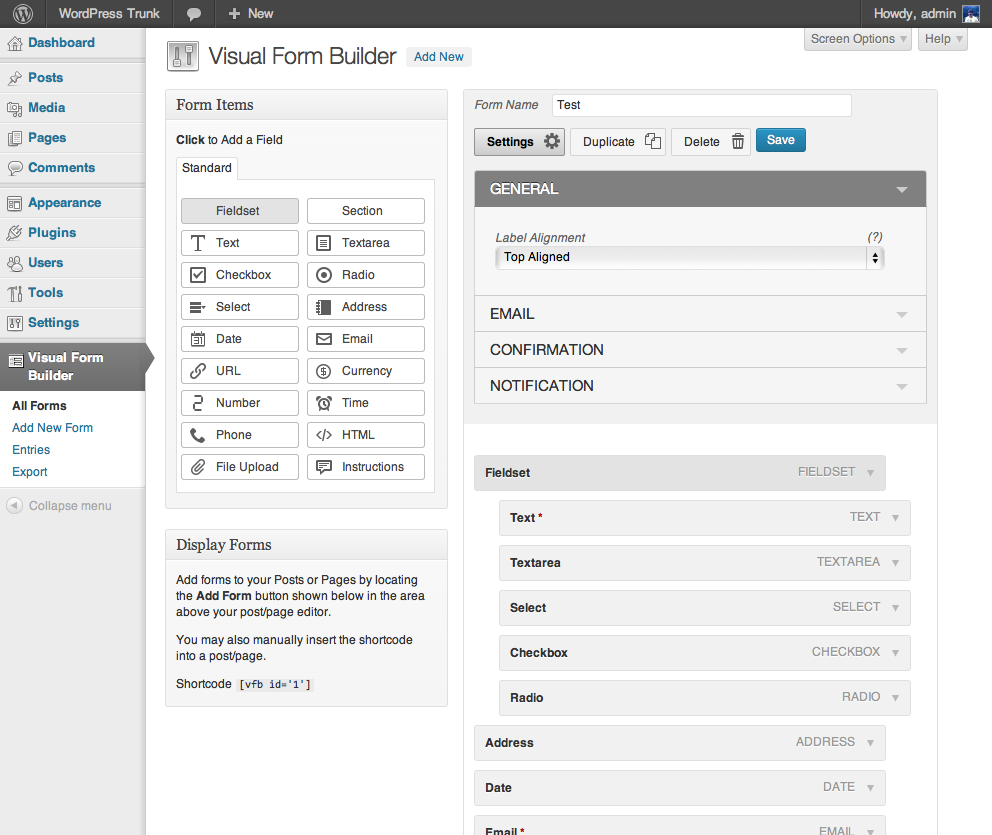

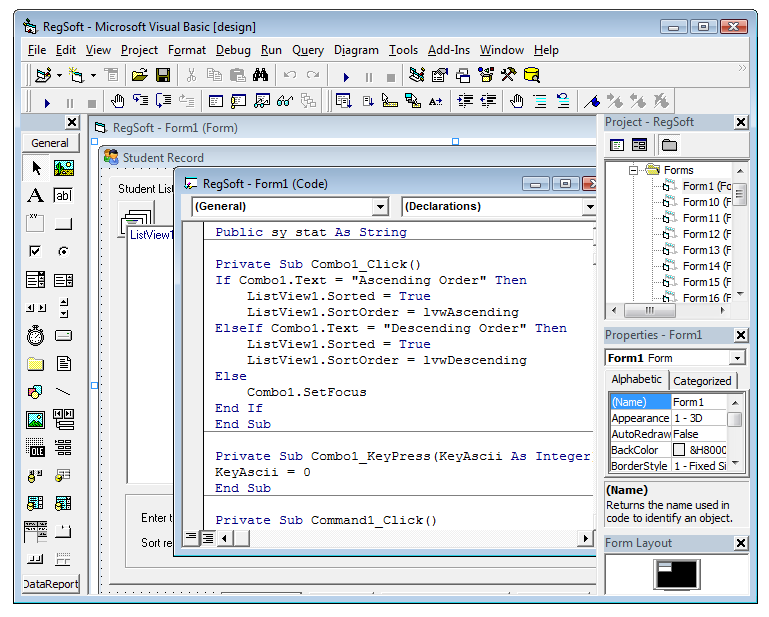




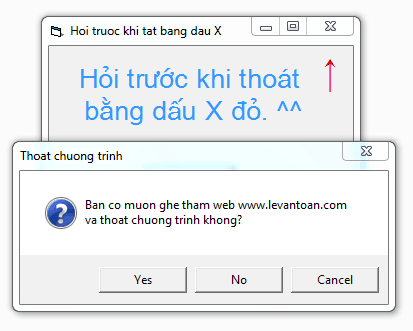
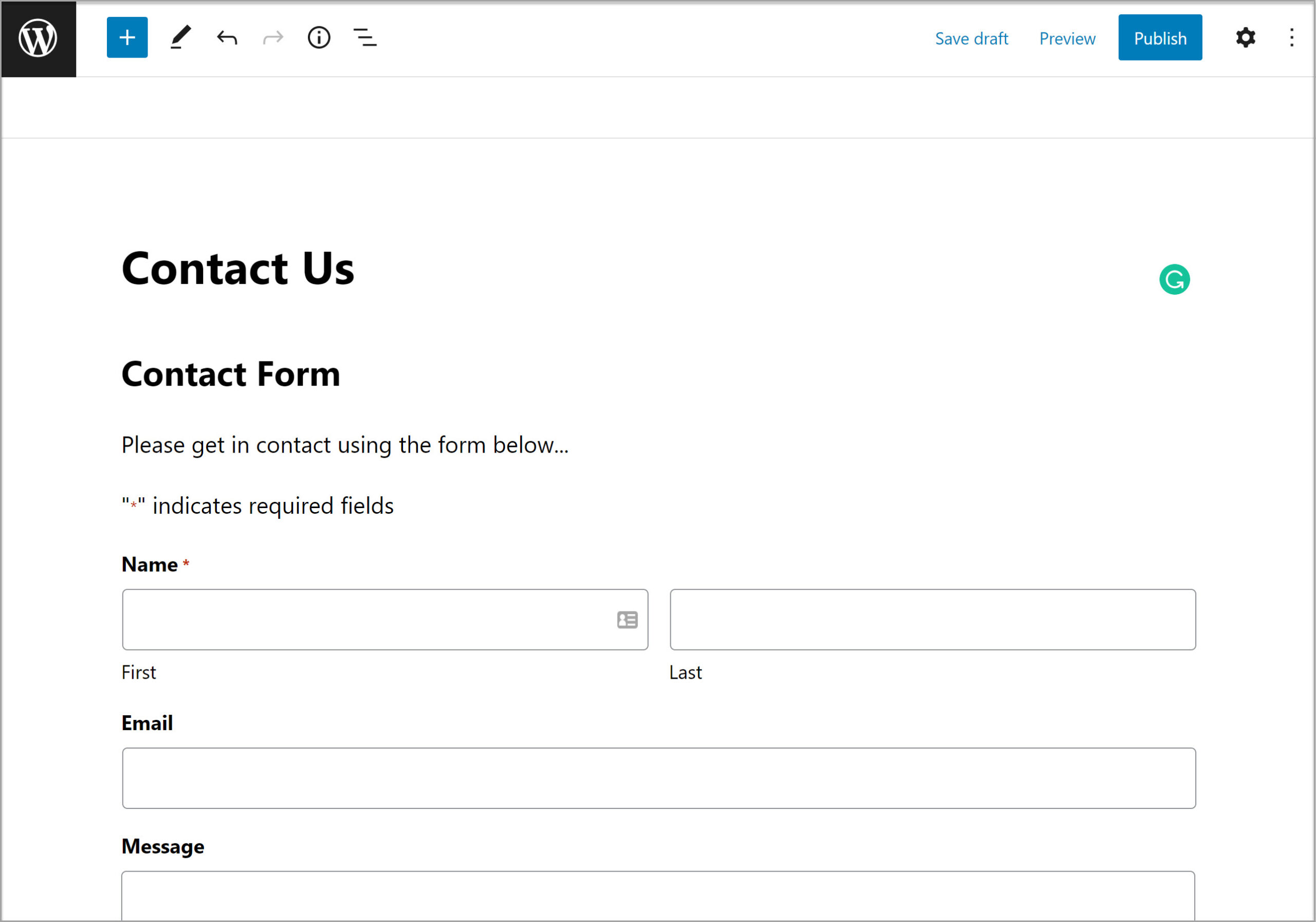





![VB.Net cơ bản] lập trình trực quan - TUAN DC Vb.Net Cơ Bản] Lập Trình Trực Quan - Tuan Dc](https://tuandc.com/wp-content/uploads/2018/02/visual-basic-net.jpg)

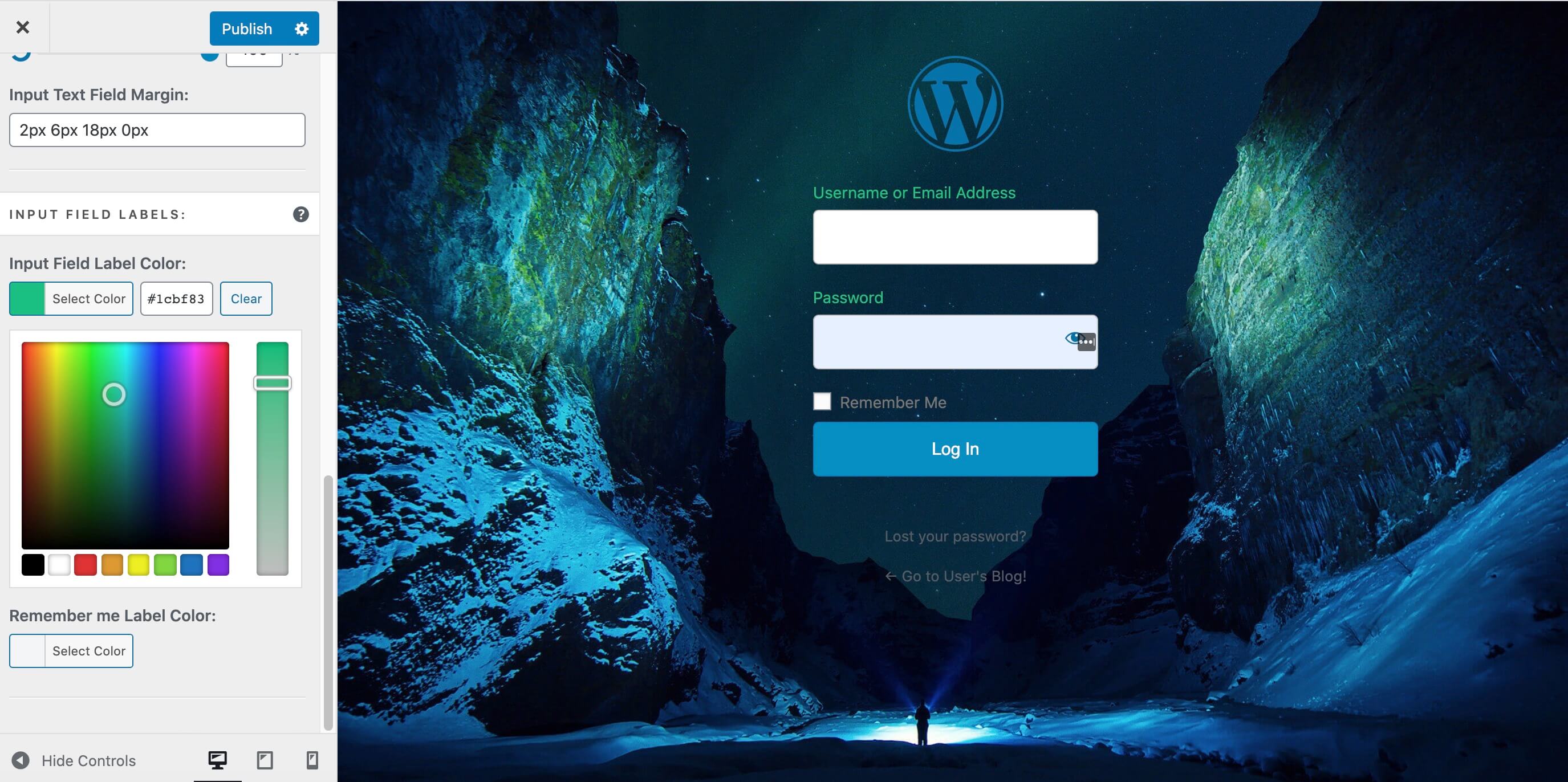

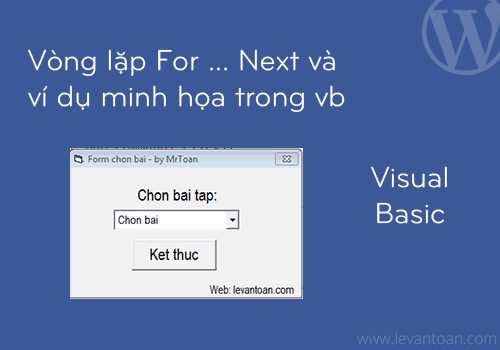

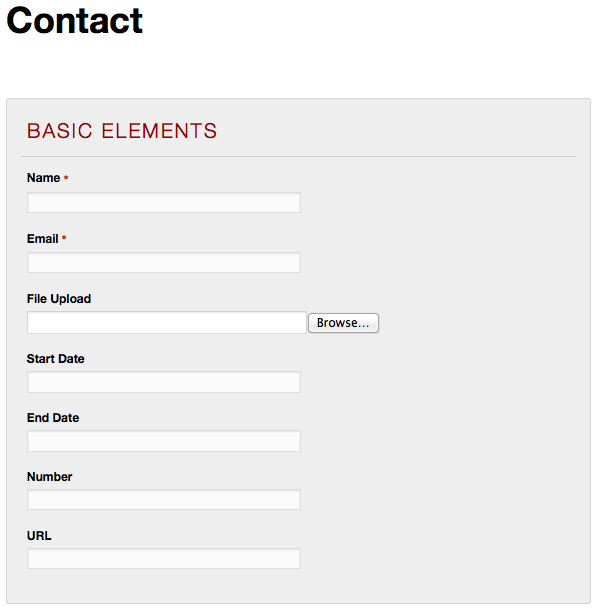

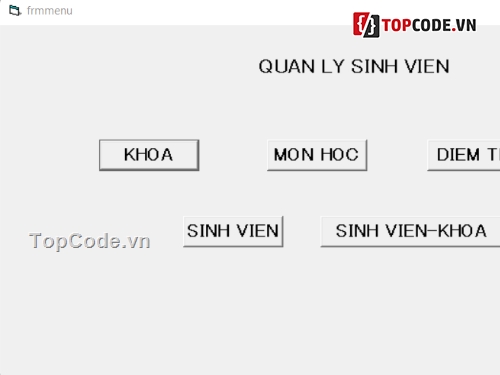

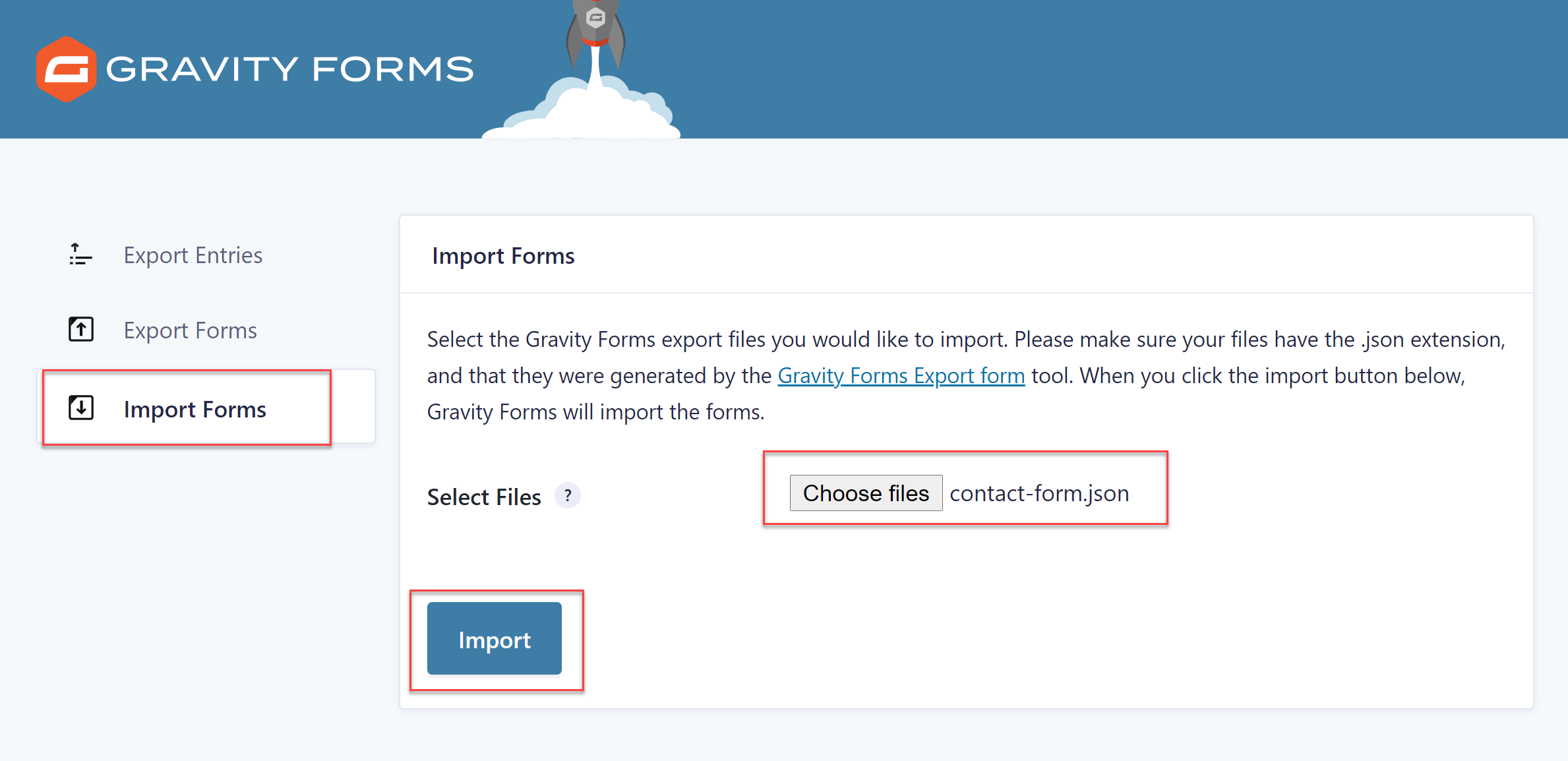


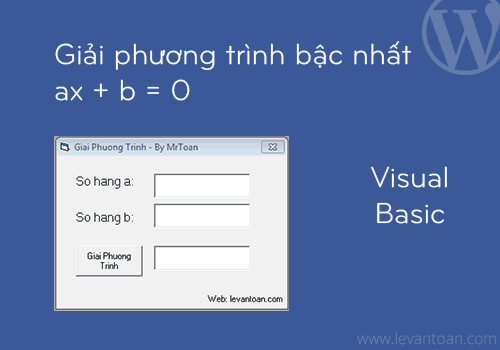




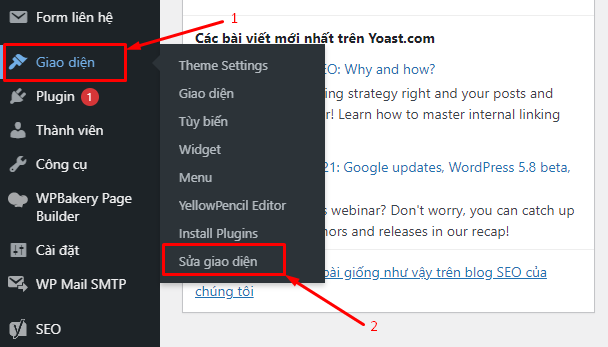

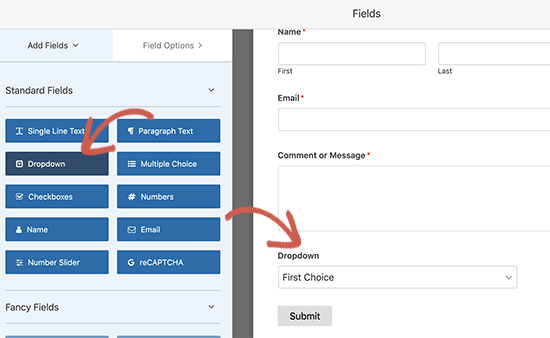


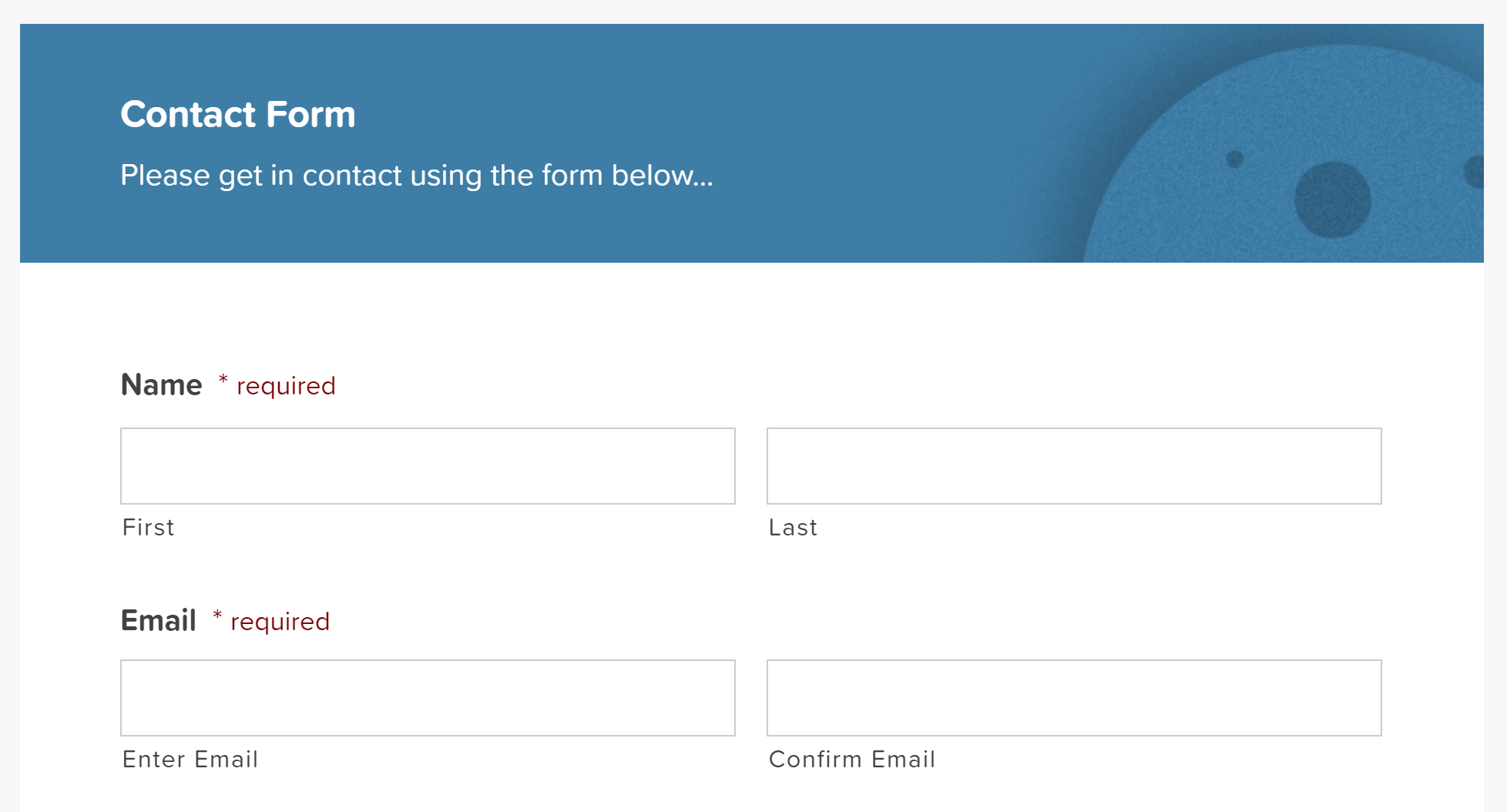






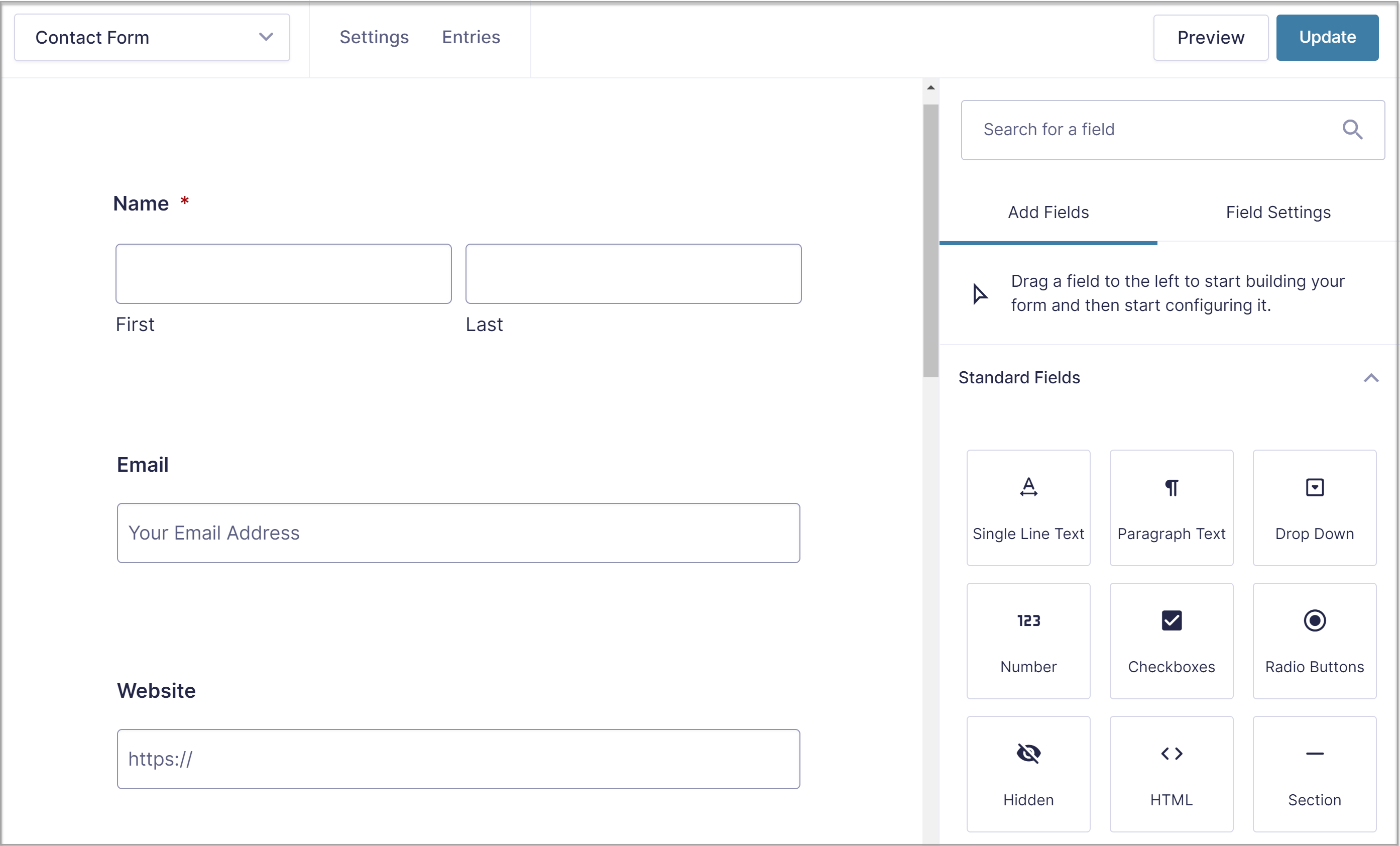
![VB.NET] Hướng dẫn setup form khởi động trong winform Vb.Net] Hướng Dẫn Setup Form Khởi Động Trong Winform](https://laptrinhvb.net/uploads/baiviet/images/visual-studio_form_4.jpg)
Article link: vb form to wordpress.
Learn more about the topic vb form to wordpress.
- Visual Form Builder – WordPress plugin
- How to embed Form using the WordPress plugin
- Thêm cổng COM vào visual basic (vb) – WordPress Developer
- using vb.net application to post on wordpress blog
- How to Create Your First Form – WPForms
- 5 Top WordPress Extensions for Visual Studio Code
- How To Add A Form To WordPress | WordPress.com Support
- Posting to WordPress via XMLRPC question
See more: https://nhanvietluanvan.com/luat-hoc